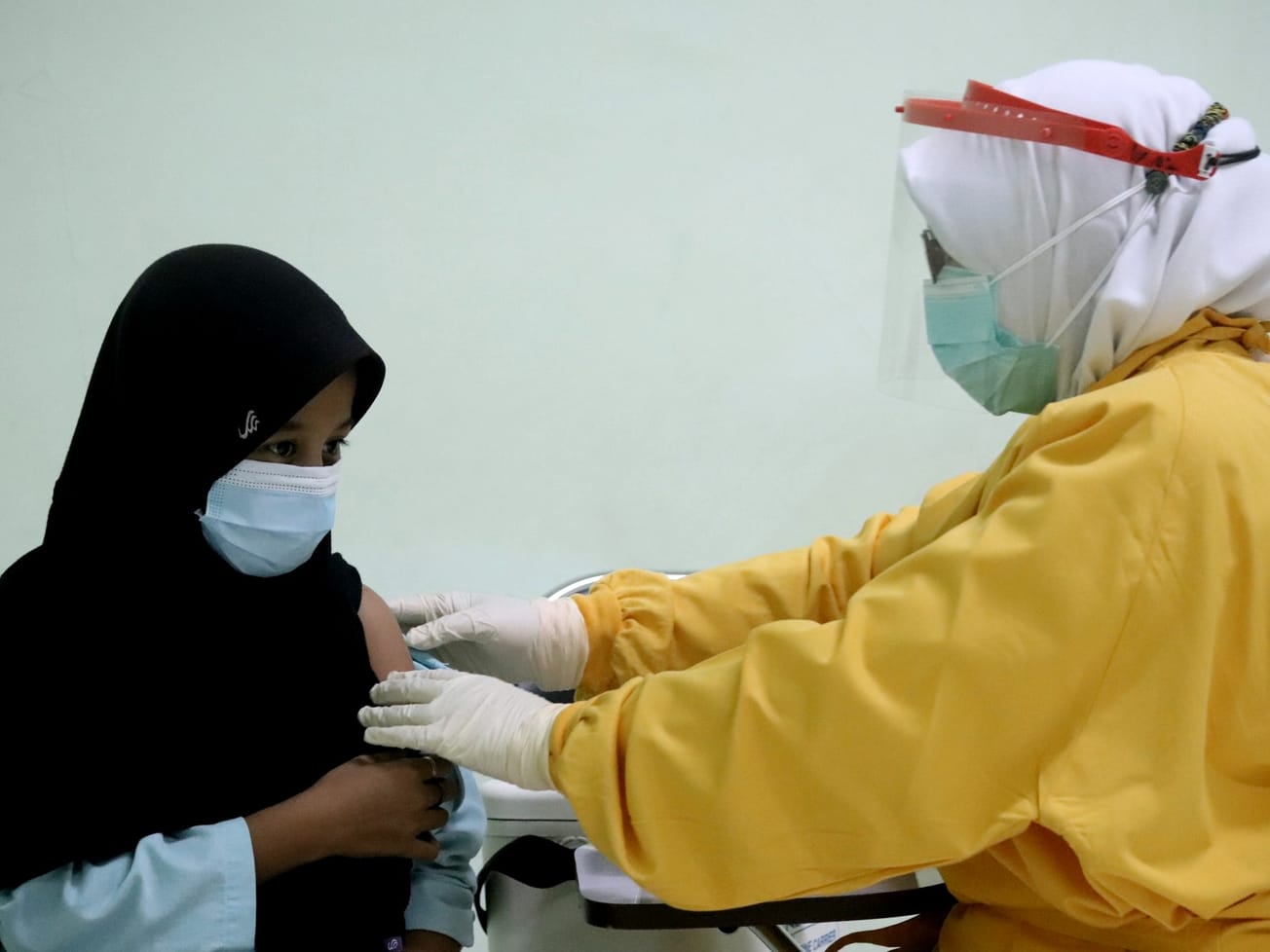BRUSSELS (AN) — Climate concerns have rarely if ever weighed heavily in any major election — until now, with Europe's Greens gaining influence from voters worried about the planet's health.
The left-leaning Greens gained 17 seats in European Parliament elections, making it the fourth-largest political party with 69 seats, provisional results showed on Monday. Its 2% gain now gives it 9% of the 751-seat parliament. The Greens surged to second place in Germany and third place in France.







